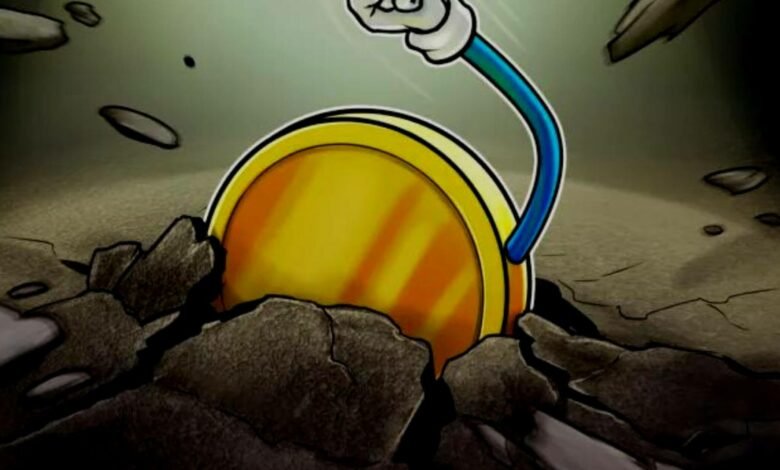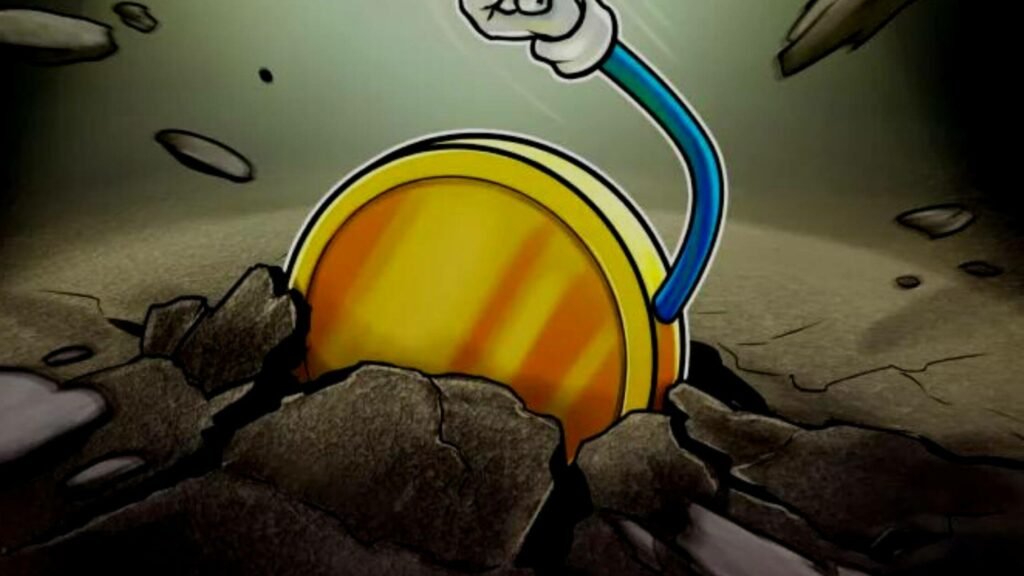Luna’s Meltdown Will Live On In Infamy!!

There have been many terrible days in the bitcoin market’s history, but none compare to the events of the previous week.
The Price Of The Coin, Terra (LUNA) Dropped From $116 In April
The price of the coin, Terra (LUNA) dropped from $116 in April to less than a penny on Thursday. Its market capitalization has dropped to $641 million from a high of almost $40 billion. Its price has dropped by nearly 96 percent.

Terra is a blockchain system that uses stable coins backed by fiat currency to create price-stable global payment networks. The TerraUSD algorithmic stable coin de-pegging fiasco caused the cryptocurrency, Terra Luna, to crash.
Terra’s fall caused cryptocurrency investors to pose a question they never imagined they’d have to ponder: Will TerraUSD (UST) or Terra (LUNA) be the first to reach $1.00? The scale of this topic serves as a powerful reminder of how quickly things may shift in the crypto world.
While Do Kwon, the co-founder of Terraform Labs, remains adamant about its recovery, many in the industry are beginning to distance themselves from the protocol that they believed was providing real-world utility to stablecoins and Bitcoin (BTC).
The threat of spreading from Terra’s apparent collapse may take months or perhaps years to adequately assess, but the howling of crypto winter appears to be becoming louder.
Fortunately, blockchain startups are backed by tens of billions of dollars in seed funding. They’ll keep on building.
Despite market volatility, Celsius Network executives deny claims of huge losses.
The UST/LUNA debacle cast a harsh light on Celsius Network, a crypto-focused wealth management platform that was supposedly “wiped out” as a result of the previous 72 hours’ events.
But, as Celsius’ leadership team revealed on Wednesday, nothing could be further from the truth. According to CEO Alex Mashinsky, “we are not exposed in any meaningful manner to market swings, including the crypto meltdown caused by LUNA.” he added.
With terra, we’re seeing the collapse of a project based on the idea that you can generate money—and assign it a specific value—if people are willing to believe money has the worth that crypto businesses assign it, similar to role-playing in a video game.
Terra’s rise and fall are, in some ways, the end of that long period of strange finance. It is possible that it may not recoup and will instead follow in the footsteps of earlier Web3 downturns, such as the bursting of the NFT bubble or the collapse of many meme stocks and dog coins.
Terra’s rapid rise in popularity in the last six months has also been fueled by incredible incentive programs. The high demand for UST was fueled by a savings protocol dubbed Anchor, which offered a 20% annual percentage income on Terra’s blockchain.
People would buy UST and save it in Anchor, a piece of software that allowed them to store their coins and watch them grow over time like a magical money tree. What’s more concerning is that Terra has set an example for several other crypto businesses that began promising outrageous profits and are now on the verge of collapsing.
When you spend money for nothing and put it in a protocol with the hope of getting a 20% yield, all you get is 20% of nothing.




